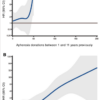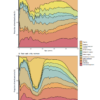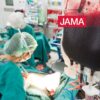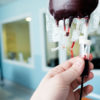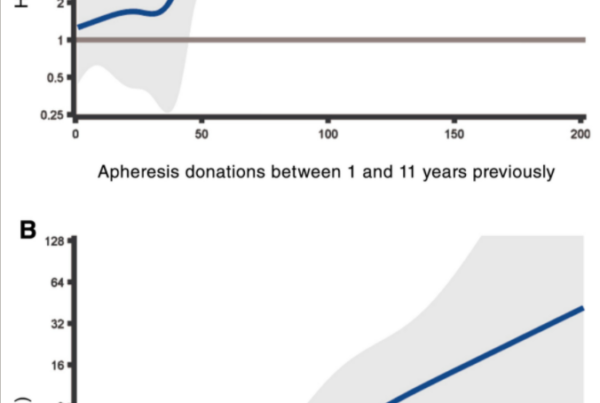Background
Transfusion patterns in Sweden have not been characterized on a nationwide level.
Study Design and Methods
We conducted a nationwide descriptive cohort study in Sweden from 2008 to 2017. Data on blood donors, donations, component manufacture, transfusions, and transfused patients were extracted from Swedish portion of the Scandinavian Donations and Transfusions (SCANDAT3‐S) database.
Results
A total of 708 436 patients received 5 587 684 red cell, plasma, or platelet transfusions during the study period. The age‐standardized transfusion rate decreased markedly during the study period for red cell units (from 53 to 39 units/1000 persons) and plasma units (from 11 to 4.9 units/1000 persons), but remained relatively constant for platelet concentrates. The transfusion rate was 30%‐40% higher in males than in females in the first year of life, and higher in males over 45 years than in females. Between age 20 and 45, the majority of red cells were transfused to female patients with obstetric indications, whereas trauma was the predominant indication for male contemporaries. In females over 80 years, the largest proportion of red cells were administered due to trauma. Overall, hematological patients received 36% of all platelet units. There were large regional differences in transfusion rates for red cell units, ranging from less than 30 to greater than 60/1000 persons.1
Conclusion
Transfusion rates in Sweden remain high but have decreased strikingly during the study period — with the exception of platelet transfusions. Based on the available data, it is difficult to draw firm conclusions about whether transfusion rates can be further reduced.
